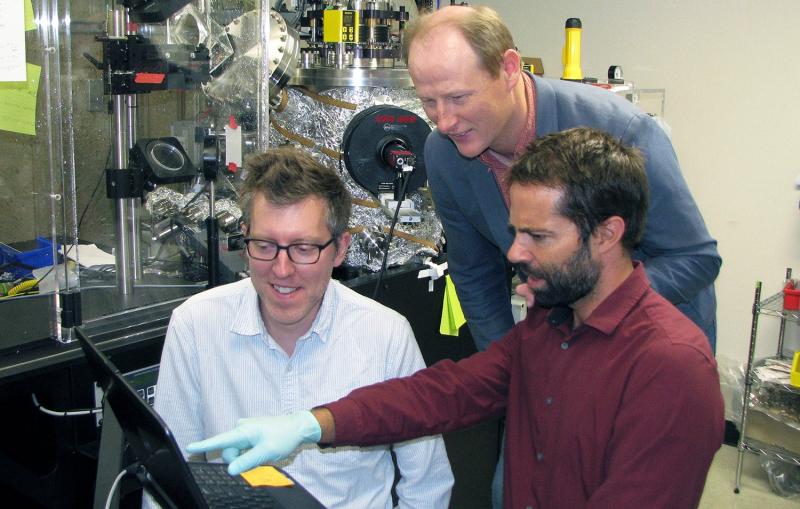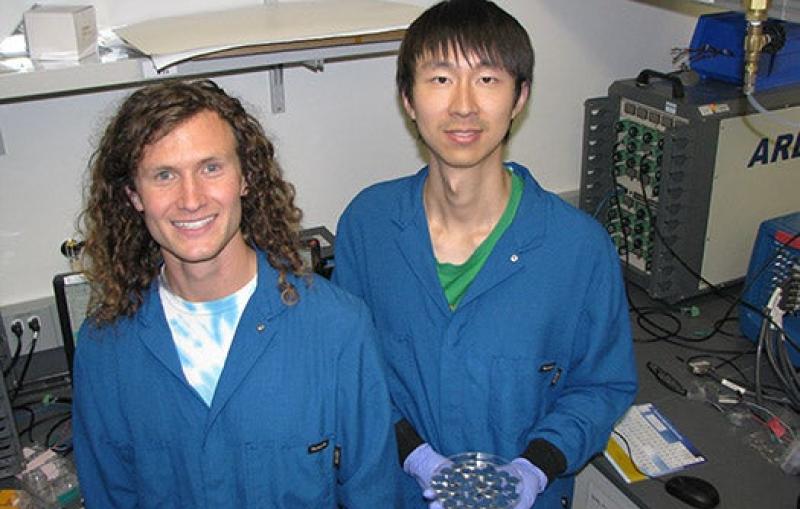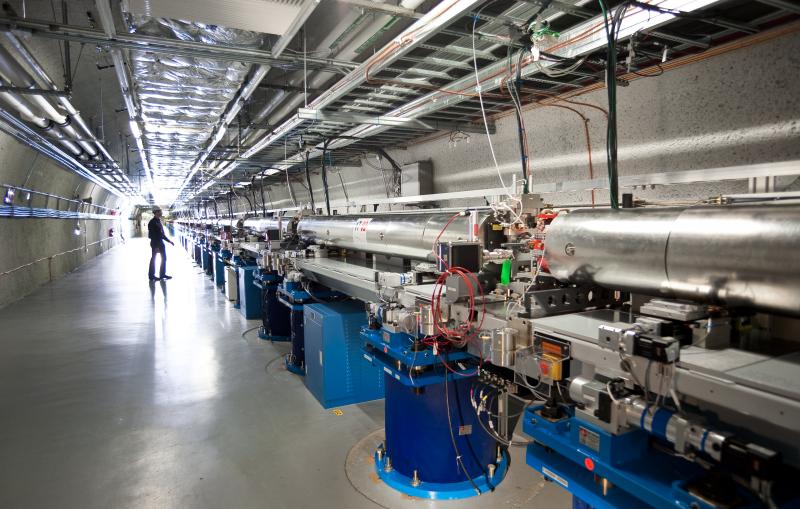
News Feature
VIA Stanford Energy
Coating developed by Stanford, SLAC researchers brings lithium metal battery closer to reality


One of the most urgent challenges of our time is discovering how to generate the energy and products we need sustainably – in a way that doesn’t compromise the well-being of future generations by depleting limited resources or accelerating climate change.
Related Link:
Energy sciences


